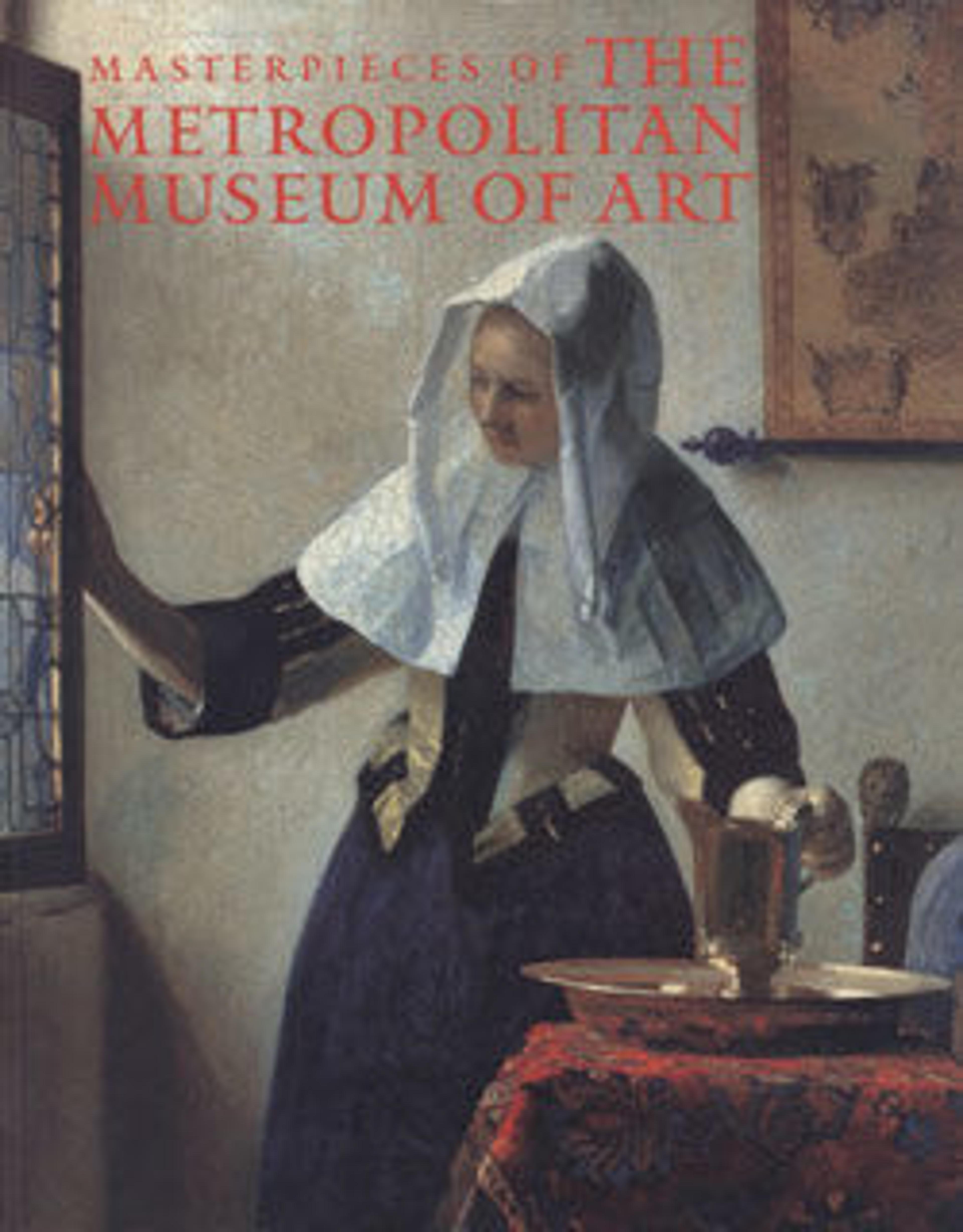The Twelve Ages of a Man: The First Three Ages (Birth-18), or Spring
This is the first of a set of four tapestries illustrating the life of a man as divided into twelve periods of six years. Venus, in the center, stands for the springtime of life; the symbols and occupations of three months, January, February, and March, represent the years from birth to eighteen. The stories show Moses, as a child, choosing a burning coal instead of a piece of gold; a Roman boy, Papirius, explaining to the Senators how he had tricked his mother in order to conceal their secrets; and the youthful Alexander astonishing the Persian ambassadors by his shrewdness.
Artwork Details
- Title: The Twelve Ages of a Man: The First Three Ages (Birth-18), or Spring
- Designer: Probably after a design by the Workshop of Bernard van Orley (Netherlandish, Brussels ca. 1492–1541/42 Brussels)
- Date: ca. 1515
- Culture: Netherlandish, Brussels
- Medium: Wool, silk (16-20 warps per inch, 6-8 per cm.)
- Dimensions: H. 163 x W. 284 inches (414 x 721.4 cm)
- Classification: Textiles-Tapestries
- Credit Line: Gift of The Hearst Foundation, in memory of William Randolph Hearst, 1953
- Object Number: 53.221.1
- Curatorial Department: European Sculpture and Decorative Arts
More Artwork
Research Resources
The Met provides unparalleled resources for research and welcomes an international community of students and scholars. The Met's Open Access API is where creators and researchers can connect to the The Met collection. Open Access data and public domain images are available for unrestricted commercial and noncommercial use without permission or fee.
To request images under copyright and other restrictions, please use this Image Request form.
Feedback
We continue to research and examine historical and cultural context for objects in The Met collection. If you have comments or questions about this object record, please contact us using the form below. The Museum looks forward to receiving your comments.
